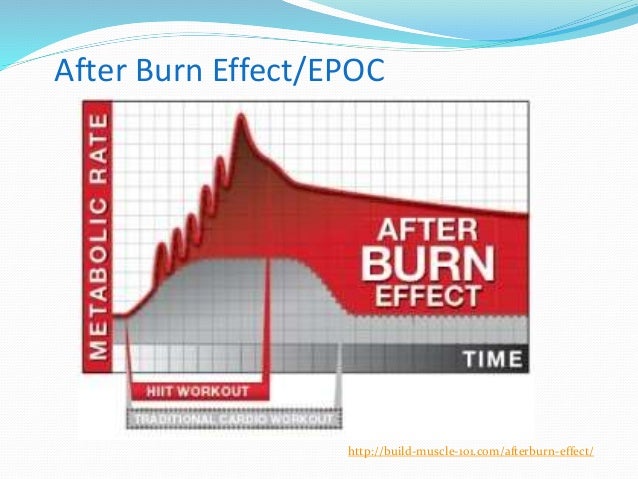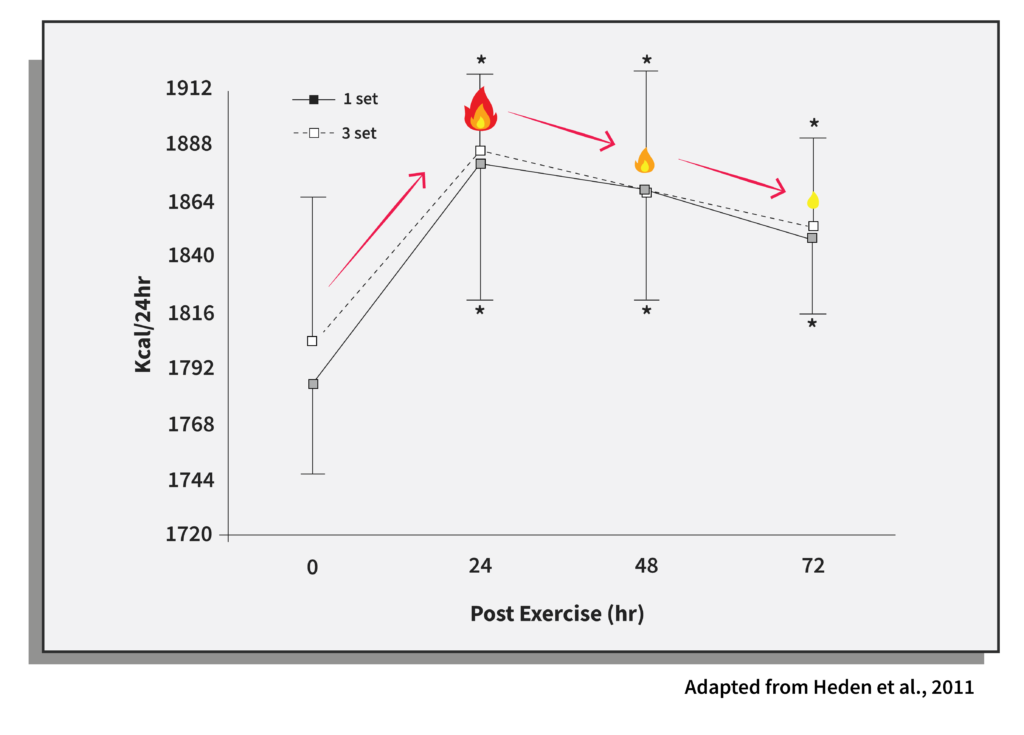After Burn Effect Exercise
After Burn Effect Exercise. The afterburn effect essentially describes the energy that the body burns to recover from an intense exercise session. Start with a tough exercise like jump squats, pushups, kettlebell swings, or anything else that gets your body moving.

How does a burn injury affect your body?
The Afterburn effect also is known scientifically as the EPOC (Excess Post-Exercise Oxygen Consumption).
The increased metabolism is linked to increased consumption of oxygen, which is required to help the body restore and return to its pre-exercise state. Improved insulin sensitivity and blood pressure When you engage in a specific type of exercise, however, your engine gets revved up and will burn significantly more calories for hours post-exercise. Excess post-exercise oxygen consumption boosts your metabolic rate, helping burn more calories for hours after your workout.
Rating: 100% based on 788 ratings. 5 user reviews.
Nathan Coles
Thank you for reading this blog. If you have any query or suggestion please free leave a comment below.









0 Response to "After Burn Effect Exercise"
Post a Comment